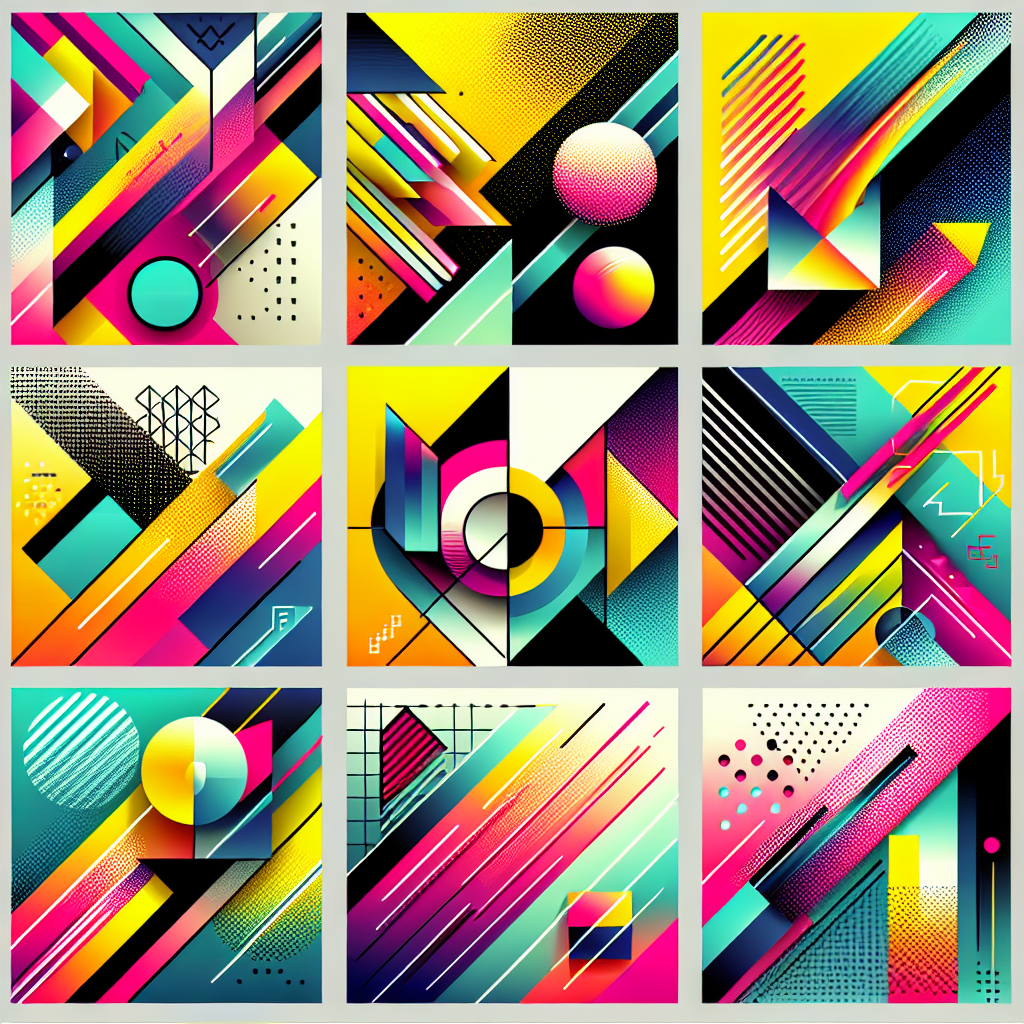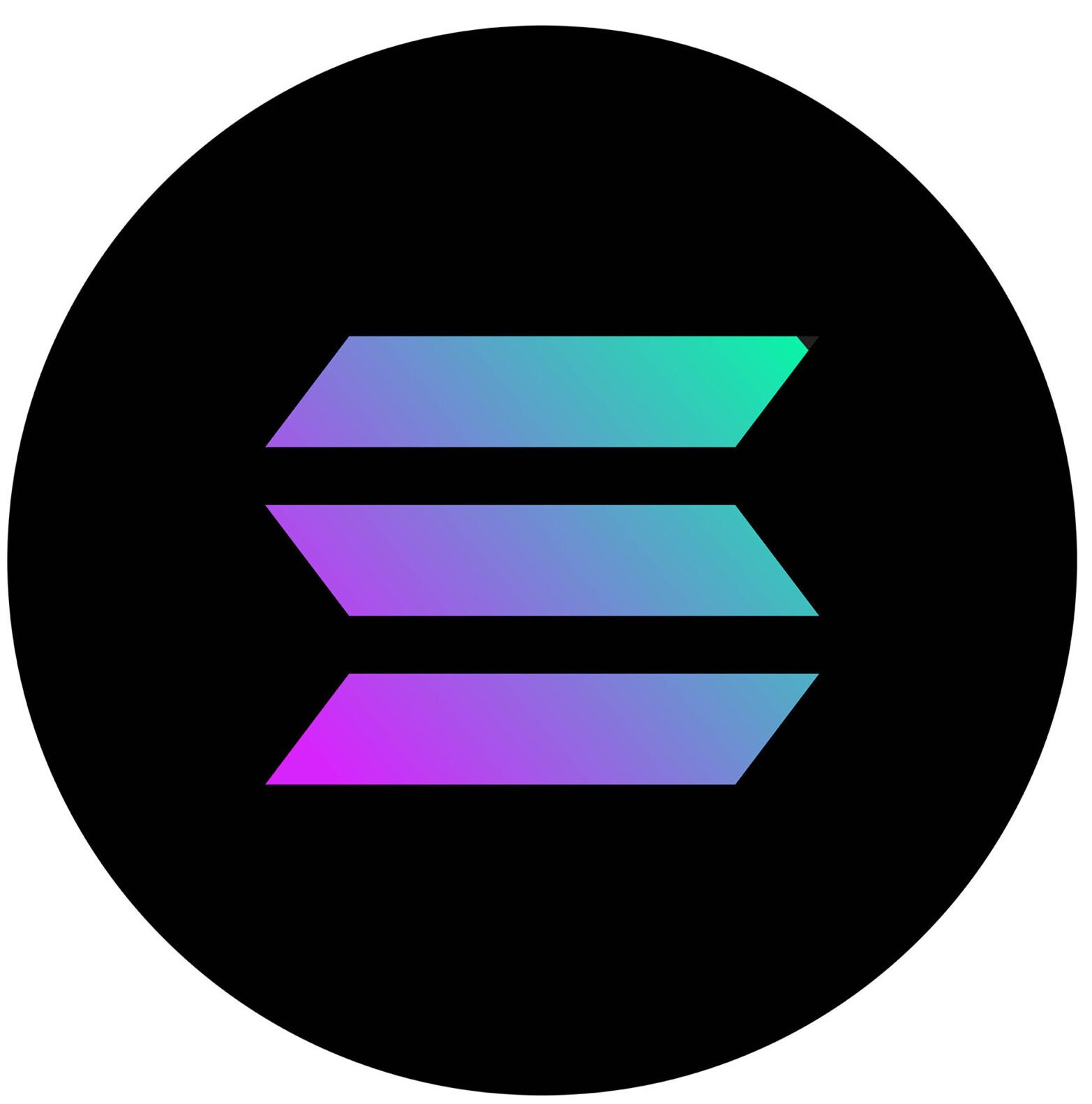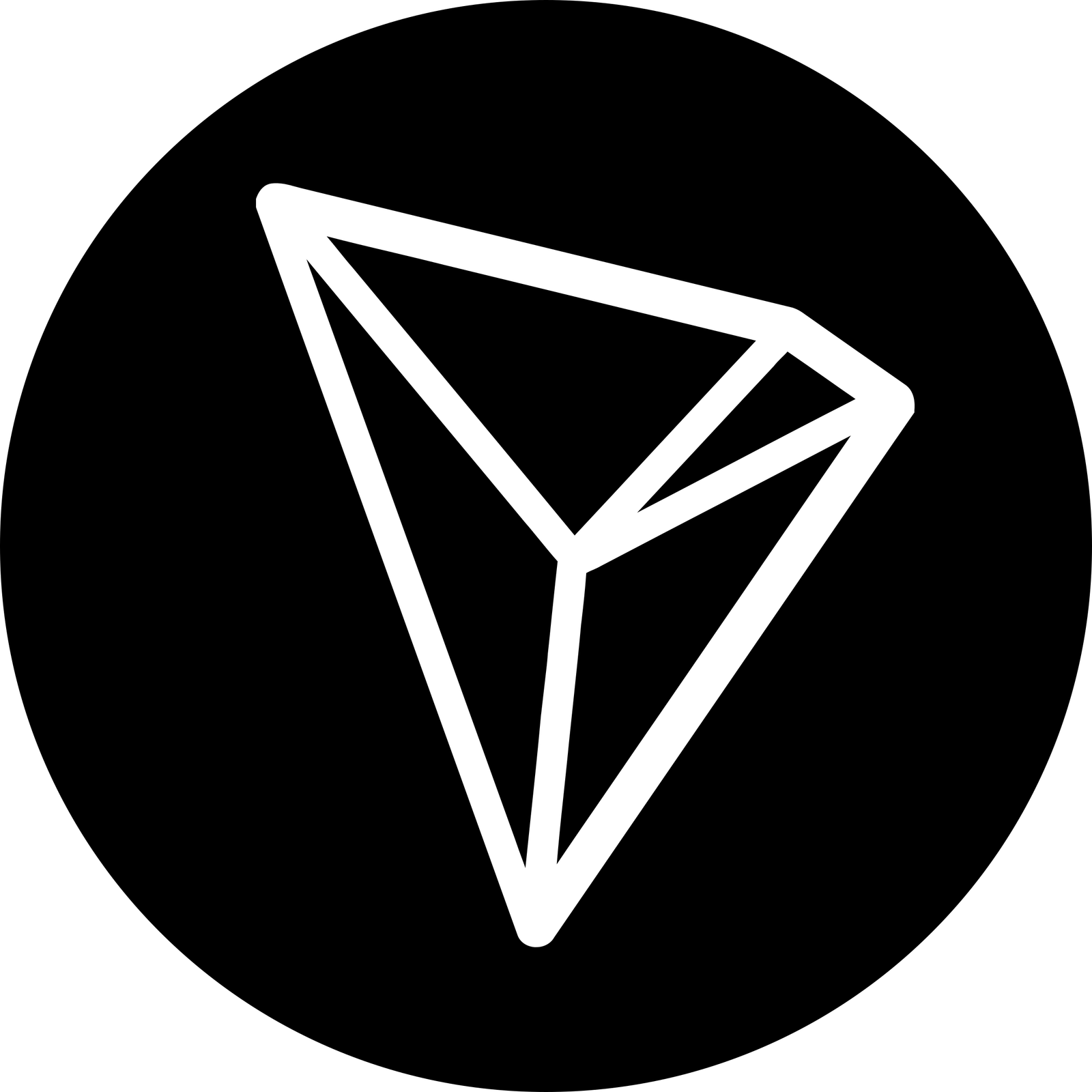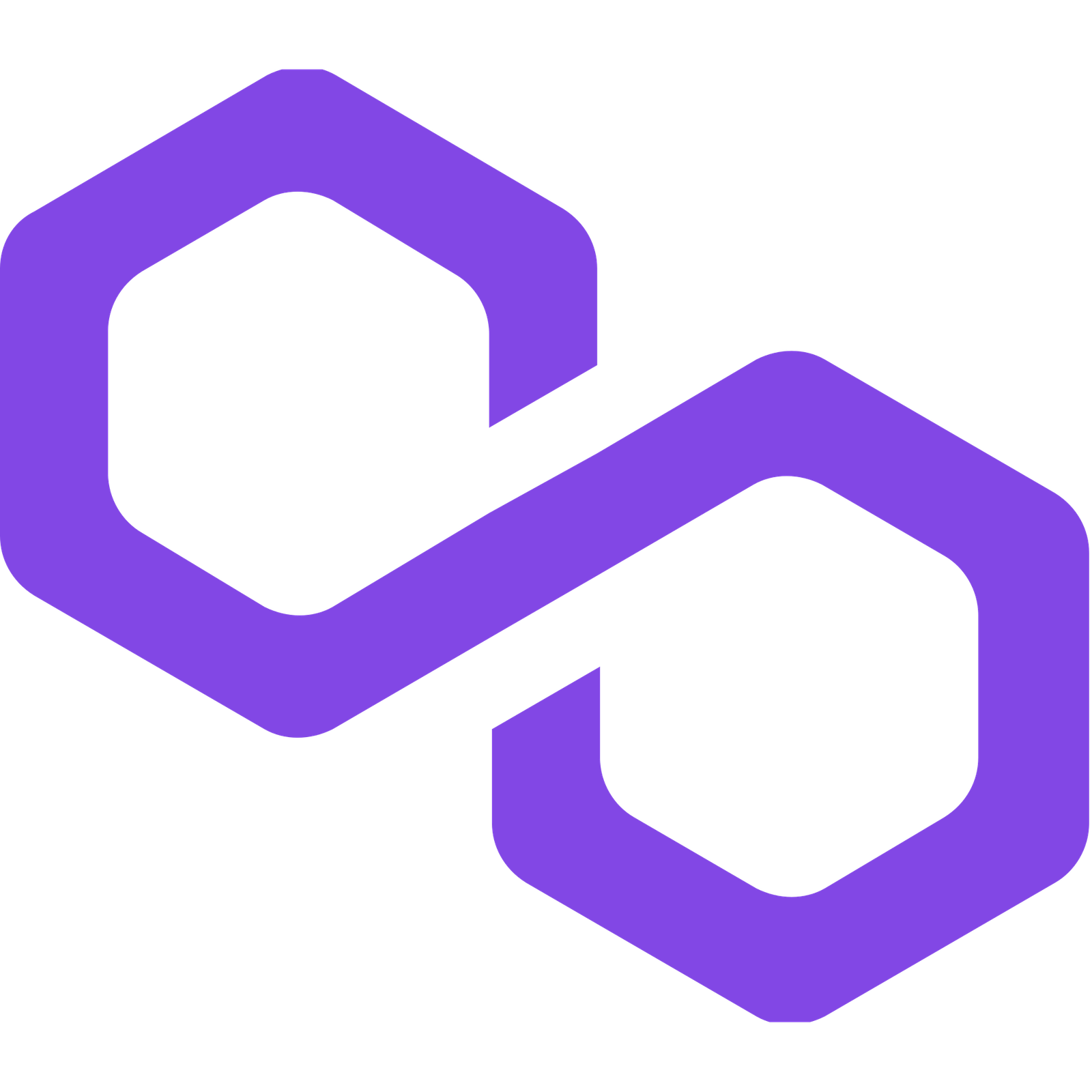Unlocking the Future: Web3 Gaming Revolution

Unlocking the Future: Web3 Gaming Revolution
The digital landscape is undergoing a profound transformation, defined by the rise of Web3. This new iteration of the internet—characterized by decentralized technologies, blockchain integration, and immersive experiences—promises to revolutionize industries from gaming to finance and art. As we delve into the current state of Web3, we will explore the latest trends, emerging technologies, and the numerous breakthroughs that are reshaping our digital interactions.
Innovative Developments & Emerging Technologies
At the core of Web3 is blockchain technology, which provides the foundational layer for decentralized applications (dApps). With advancements in blockchain protocols such as Ethereum’s update to Proof-of-Stake (Eth2) and layer-2 scaling solutions, developers can create more efficient and scalable applications. As noted in a recent report by CoinTelegraph, these improvements are not only enhancing transaction speeds but also reducing the carbon footprint of blockchain operations, addressing one of the significant criticisms of the technology.
In the gaming sector, the integration of non-fungible tokens (NFTs) is spawning new economic models. Titles like Axie Infinity leverage NFTs to allow players to own in-game assets, blurring the lines between gaming and financial investment. Furthermore, projects like The Sandbox are enabling creators to build and monetize their virtual worlds, fostering a new era of interactive and user-generated content. This democratization of access empowers emerging game developers and players alike to shape the gaming landscape.
Blockchain and Crypto in the Mainstream
Blockchain technology is no longer confined to niche sectors; it is making waves across mainstream industries. Financial platforms are increasingly adopting decentralized finance (DeFi) models that offer users more control over their assets. For example, Aavegotchi integrates DeFi and NFT elements, allowing players to earn interest on their digital assets while engaging in gaming. This paradigm shift fosters user engagement, trust, and innovative business models that were previously unattainable.
Reports from The Block indicate that institutional interest in cryptocurrency is on the rise. Companies like Tesla and Square have embraced Bitcoin, signaling a newfound acceptance of digital currencies in corporate finance. As more businesses begin to incorporate blockchain solutions for supply chain transparency and smart contracts, the implications for traditional industries are profound and far-reaching.
Web3 and Gaming: A New Era of Engagement
Web3’s most tangible impact can be observed in the gaming industry. By utilizing blockchain, developers can create games that provide authentic digital ownership. Players are no longer just users; they are stakeholders in their gaming experiences. Innovations like play-to-earn models allow users to generate revenue through gameplay, fundamentally changing the relationship between players and the games they love.
The success of gaming platforms like Gods Unchained, where players can trade and sell their in-game cards as NFTs, exemplifies this trend. Such models not only incentivize skill development but also create vibrant, in-game economies that empower players, adding layers of complexity and engagement that traditional gaming models cannot match.
The Role of Decentralized Autonomous Organizations (DAOs)
Another cornerstone of the Web3 revolution is the rise of Decentralized Autonomous Organizations (DAOs). DAOs redefine governance, allowing community members to collaboratively make decisions regarding project development and resource allocation. This shift towards collective decision-making, discussed in-depth on sources like DAOstack, enhances transparency and fosters a sense of ownership among participants.
As DAOs evolve, we may see shifts in organizational structures across various industries. This model could pave the way for businesses that prioritize community engagement and democratic governance, transcending traditional hierarchical frameworks.
A Vision for the Future
Looking ahead, the convergence of Web3 with emerging technologies—such as artificial intelligence, virtual reality (VR), and augmented reality (AR)—holds immense promise. Imagine a future where AI-driven algorithms curate personalized experiences within the metaverse, where users not only interact with digital environments but also reshape them. As immersive technologies develop, the potential for tailored, high-fidelity experiences that blend the physical and digital worlds is staggering.
Futuristic projects—coupled with ongoing updates from platforms like Decrypt and NFT Now—suggest a burgeoning metaverse that expands the possibilities for creators, consumers, and communities. With a digital economy built on the principles of decentralization, the potential for new pathways in digital ownership and creative expression is boundless.
Conclusion: Embracing a Decentralized Future
As we stand at the precipice of this digital revolution, it is imperative for individuals and businesses to stay informed and engaged with the evolving Web3 landscape. The advancements in blockchain, cryptocurrency, and immersive technologies are not just reshaping gaming; they are redefining how we understand ownership, value, and creativity in the digital age.
As we embrace these changes, we invite everyone to explore the opportunities within this growing decentralized ecosystem. Whether through gaming platforms, DeFi projects, or community-driven DAOs, the future of Web3 is ripe for exploration. The path ahead is filled with potential, and by participating in this transformation, we can collectively unlock a future of unprecedented digital experiences and ownership.
For those eager to learn more, platforms like CoinDesk, CoinTelegraph, and The Block offer valuable insights and updates on the ever-evolving world of Web3, providing a compass as we navigate this revolutionary landscape.
















